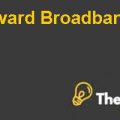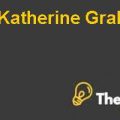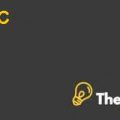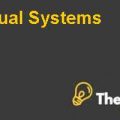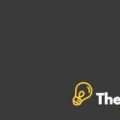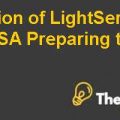
Sealed-Bid or Dutch Auctions
Under this process of initial public offerings, potential investors submit their sealed bids that contains price and share quantity. Since the bids are sealed hence, the bidder is not aware about the price and quantity of shares quoted by the competitors and then the issuer decides the price based on sealed bids received. The decision with regard to price is taken on the basis of two assumptions known as discriminatory price and uniform price.
Discriminatory Price
Discriminatory price assumption of sealed-bid auctions allocate the shares to bid winners with highest price bidder as per required share demand of bidder, afterwards the second highest price bid winner is allocated with the required quantity of shares and this process for allocation of shares continues until all the share are allocated. Over allotment of shares is not needed in this process and bids with lower price are not entertained. In Japan, issuer has the option to allot 50% of the offered shares at average price based on successful bids, or even at discounted price. Additionally, there is a restriction on maximum number of shares to be issued to a single investor.
Uniform Price
Uniform price assumption of sealed bid auctions follows the same process of receiving sealed-bids and then draws a curve, based on bid price data. Based on the curve, all the shares are allocated at the market clearing price which is either the price at which all the shares will be allocated or the second highest bid price. In Paris, underwriters and issuers adjust the market-clearing price by 2% to 5%.
In the United States W.R. Hambrecht + Co. is following uniform price assumption to offer sealed-bid auctions IPOs. The potential investors who want to bid for the share price are required to open a bank account before they make a bid. Prospectus of issuer can be accessed via online and interested bidder can submit their bid online. The market-clearing price is the highest price at which the share demand meets the shares at offer. The issuer is allowed to decrease the market-clearing price and in this case the bid prices below the market-clearing price will partially be filled.
Pros and Cons of Book-Building IPOs
The book-building IPO involves the selection of banks as underwriters whereas the selected underwriters perform initial public offerings based on their expertise and market knowledge of long-investors in order to avoid the chances of share being allotted to the investor who will flip the share in aftermarket. Additionally, the underwriters have the option to allot additional share if an initial public offering is undersubscribed. Moreover, there is no need for the potential investors to open a bank account before they can bid for the share price.
On the other hand, book-building process is a lengthy process which involves legal issues to meet SEC requirement. Moreover the process is costly as compared to auction IPO because as part of the marketing campaign, it involves printing of prospectus and arrangements of presentations in order to attract potential investors. Pricing mechanism is based on off-market price which may be a wrong selection of price resulting under or over subscription of shares. Although, the book-building process is designed to issue shares to the long-term investors but the underwriters issue share to their long-established institutional investors and even to their own retail branches which may result subsequently in short flipping.
Pros and Cons of Sealed-Bid or Dutch Auctions
Sealed-bid auction involves transparent pricing mechanism which is based on the market demand forces; hence it enables the issuer and underwriter to select appropriate new price for the issuance of shares. Additionally, sealed-bid auction does not require any such legal requirement which may delay the process of initial public offerings. Moreover, since issuer prospectus is provided online, hence not only printing cost is avoided but also the large pool of investors can access the prospectus through internet. Moreover, since the process cost is low therefore the underwriter’s commission is also low as compared to the commission in book-building IPO. Sealed-bid IPO process also aims to allocate share to the long-investors in order to avoid short-flipping in the aftermarket.
On the other hand sealed-bid IPO requires the potential investor to open a bank account before they can submit their bids, which might bother the potential investor.................................
This is just a sample partial case solution. Please place the order on the website to order your own originally done case solution.


